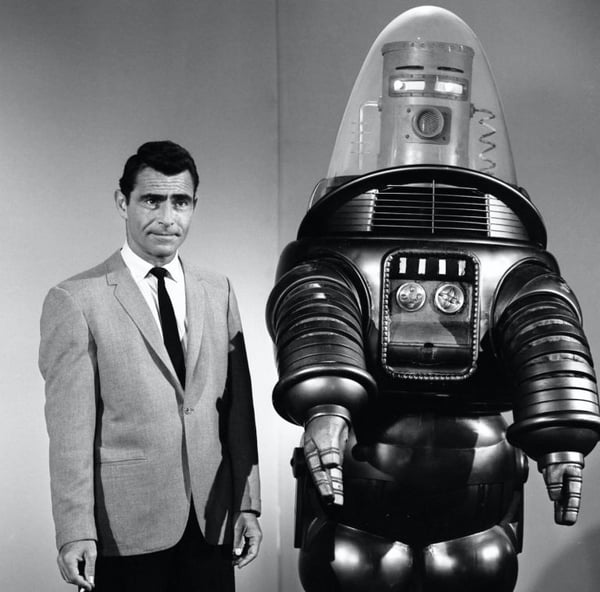Data scientist churn is a big problem, and it’s not getting resolved through cushy perks and office snacks. Often the role can be repetitive and frustrating, and since data scientists are so in-demand, they can shuffle off to an organization that promises to be better. But Artificial Intelligence (AI) is already starting to help defeat boredom.

Sci-Fi nightmare or incredible future? Automated workers might take the boredom out of your data job.
The technology outmodes minimum wage jobs, and soon enough Uber will buy driverless cars instead of hiring drivers, and then a robot did your repetitive job a bit too well (Check this app to see if AI is poised to take your job). Moshe Vardi, an Information Technology professor at Rice University, predicts that tech grounded in Artificial Intelligence (AI) will perform all human labor by 2045.
This is a scary future, but it probably won’t happen. James Surowiecki wrote an investigative report for Wired explaining that the evidence doesn’t add up for a jobless future. He sees repetitive low-wage jobs decreasing, while overall human-hours-worked remains relatively constant.
This is still alarming and presents a major problem for our economic framework that already struggles to support low-wage employees, but is good news for data scientists. When they are no longer bound by repetitive tasks, they’ll have the freedom to push their technological skills to the brink and stay excited. Repetition,—and not your favorite data scientist—is headed out the door, but only if you capitalize on the shift.

What will you do in an AI future?
A History Lesson on Adaptive Economics
Let’s take a step back and explore another American employment shift: the decline in manufacturing. In the first half of the 20th century, cities like Pittsburgh, Detroit, and Buffalo were booming centers for manufacturing and coal production. However, they had no competition or impetus to innovate, so emerging contenders in Appalachia and abroad were able to gain ground in the 50s and 60s.
The major recession in the 70s hastened the downfall of these cities. Mass migration and further recessions in the 21st century have cost Appalachians thousands of jobs, as described in J. D. Vance’s popular book Hillbilly Elegy. Recent automotive tariffs threaten to shut down some of the largest remaining Southern manufacturing plants.
And this manufacturing decline is not specific to the American economy either; steel production was overwhelmingly taken up by the Chinese, who are now facing their own reckoning and job loss. These manual and assembly line jobs were driven by repetitive tasks, and subsequently were lost. While AI is poised to mirror this shift in the digital sphere, it requires organizations and data scientists to capitalize on AI now to avoid being left behind.
Don’t Catastrophize, Prepare
The New York Times recently highlighted a huge educational push in Kentucky that provides coding and tech training in an apprenticeship model. Instead of manning motel reception desks, trainees work as information architects. The future we’re building now isn’t one of rampant unemployment, but one where there are fewer humans performing repetitive jobs and hopefully less boredom in the workplace.
Less data scientist boredom is a good thing, but it necessitates prudent groundwork to actively prepare for a future where AI is a dominant player. Smart AI gets smarter by keeping curious; you should too. Continuous education and skill acquisition is critical to stay on top.




